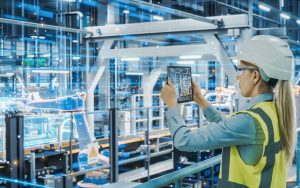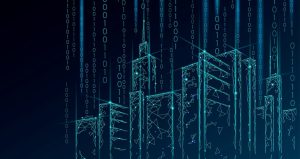The concept of RPA 2.0 is to combine the power of artificial intelligence with RPA to automate more complex processes 💡💻.
In a world where companies are under tremendous pressure to improve their bottom line, finding ways to increase productivity while reducing costs has become a top priority. 𝐑𝐏𝐀 𝟐.𝟎 is emerging as a timely solution for organizations that want to do more with less in highly secure environments.
What is RPA 2.0 🤖.
It’s a new solution that combines the power of artificial intelligence (AI) and machine learning – a game changer for businesses, automating more complex tasks and improving efficiency. RPA 2.0 can automate even more complex workflows in a non-intrusive way, making it ideal for highly regulated industries such as aerospace, defense and healthcare.
What advantages does RPA 2.0 have
✅ has advanced natural language processing (NLP) – it understands the meaning and context of words and expressions, even if there are differences in language, dialect or syntax 📜.
✅ learns and adapts to new language patterns and variations over time – understanding and responding to human language more effectively 🧠.
✅ can automate responses to website inquiries, patient registration at kiosks, first-line administrative inquiries and many other communication services – improving communication 🗣️.
✅ effectively adapt to changing requirements – increasing the organization’s agility and minimizing risk 🏛️.
Get started on your RPA 2.0 adventure
Here are some key considerations for secure implementation:
1️⃣ Familiarize yourself with the regulatory environment – before implementing RPA 2.0, it is important to understand the regulatory environment and ensure that the tool is compliant with all relevant regulations.
2️⃣ Identify relevant processes: Not all processes are suitable for automation.
3️⃣ Implement strong security controls – user authentication, data encryption and access control to mitigate security risks.
4️⃣ Ensure transparency and accountability – this includes providing clear documentation, training and communication for all stakeholders, and ensuring accountability for automation.
In summary, RPA 2.0 is a timely solution for organizations that want to do more with less in highly secure environments. Compared to the first iteration, it can handle more complex tasks with greater reliability.
Contact us to find out how you can bring RPA to your business 💬
Author: Monika Marczyk, Project Manager







